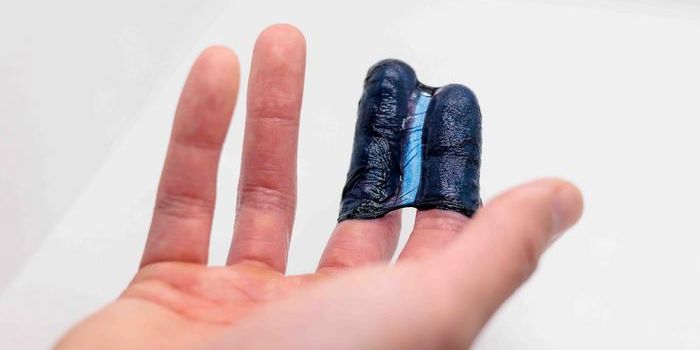Enhancing fluorescence signals from biomarkers using nanotechnology
In a new study published in Nature Communications, researchers from Ludwig-Maximilians-Universität München (LMU) describe their advances in detecting biomarkers. Using nanotechnology, the team has figured out how to enhance the fluorescence signals that molecular probes produce upon detecting biomarkers. This amplification of fluorescence could improve the detection of biomarkers found in low concentrations in blood, cerebrospinal fluid, urine, and tissues, ultimately guiding more effective diagnostics and treatment decisions.
In order to enhance the fluorescence emitted from molecular probes when they come into contact with biomarkers, Phillip Tinnefeld and his team decided to couple nanoparticles of gold and silver to DNA probes. The metal nanoparticles, likened to tiny antennae, act by picking up more light waves and amplifying their resulting fluorescence.
While such nano-antenna structures are not novel, the team needed to configure specific modifications to them to enhance their fluorescence. "DNA-based nano-antennas have been studied for the last few years," explains co-first author Kateryna Trofymchuk. "But the fabrication of these nanostructures presents challenges." That’s where the precise position and size of the DNA nanotechnology are key.
Trofymchuk says that the structures’ nanoscale allows for enhanced efficiency. "In one sample, we can simultaneously produce billions of these nano-antennas, using a procedure that basically consists of pipetting a few solutions together," she notes.
The team says they hope that the technology can be used to perform screening for biomarkers without the need to send biological samples to a laboratory. "In the future," adds co-first author Viktorija Glembockyte, "our technology could be utilized for diagnostic tests even in areas in which access to electricity or laboratory equipment is restricted. We have shown that we can directly detect small fragments of DNA in blood serum, using a portable, smartphone-based microscope that runs on a conventional USB power pack to monitor the assay."
They also say the technology is not limited to detecting biomarkers but could be adapted to detect viruses, for example. Tinnefeld comments: "The past year has shown that there is always a need for new and innovative diagnostic methods, and perhaps our technology can one day contribute to the development of an inexpensive and reliable diagnostic test that can be carried out at home."
Sources: Nature Communications, Science Daily









